The Role of Human-Made Imagery in the Age of AI
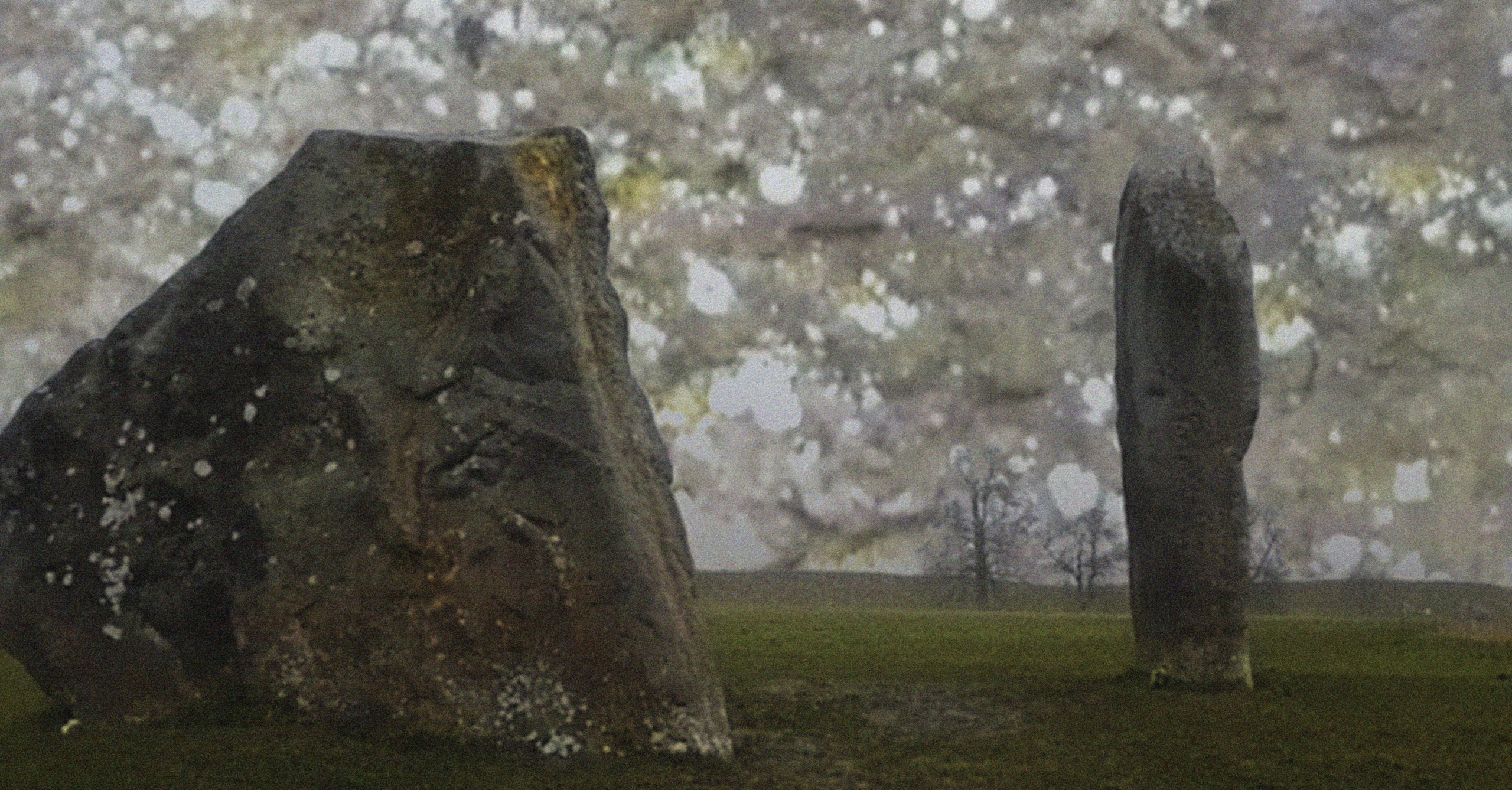
Introduction
The intersection between traditional image-making practices and the advent of artificial intelligence has ignited significant discourse, particularly regarding the continued relevance of human creativity in an increasingly automated world. In the academic year 2024-2025, Level 5 Graphic Design students engaged in an interdisciplinary exploration of image-making, titled Ways of Seeing, led by Zula Rabikowska. This course examined how creative freedom, the process over the outcome, and the human dimension of image-making remain central to contemporary art practices. Students explored the growing tension between human-generated imagery and AI-driven processes, emphasising the sustained significance and power of human craftsmanship in modern visual culture.
Defining “Good Images”
A central theme within the discussions was the evolving definition of the ‘image maker.’ In the context of AI’s increasing prominence, students debated the role of human creativity in image production, asserting that qualities—such as authenticity, storytelling, and emotional connection—remain indispensable. While AI can generate images efficiently, it lacks the intrinsic human elements that imbue imagery with meaning. This distinction between human-driven creativity and AI’s procedural generation of images prompted students to reflect on the essence of image-making, a process which not merely concerned with the final visual output but with experimentation, and conceptual foundations that confer value upon an image.
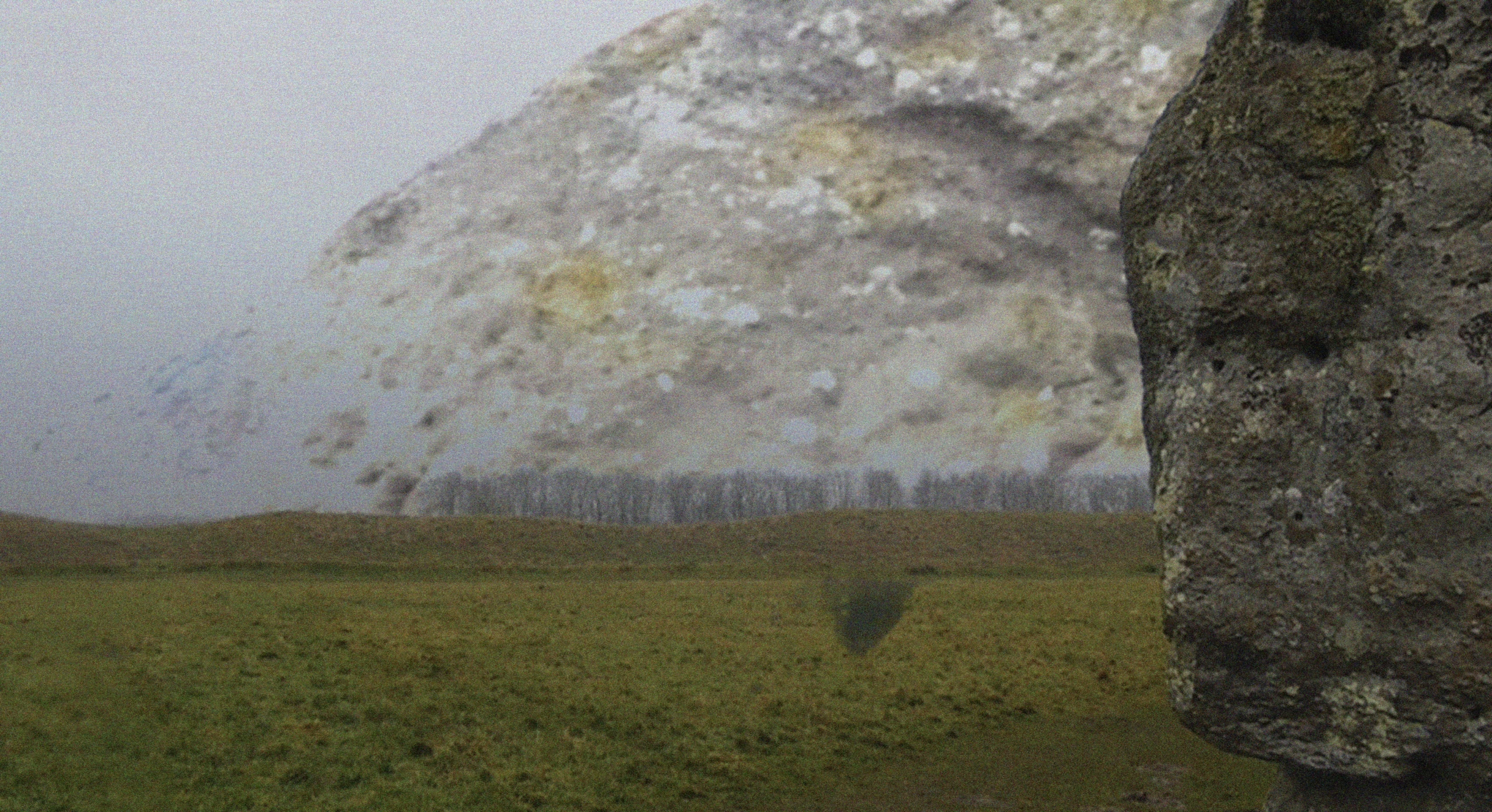
Human-Made Imagery
It seems that AI can recycle and reconfigure existing content, it is incapable of generating entirely novel ideas or meaningful innovations. The uniqueness of human-created imagery lies in its capacity to communicate authentic experiences and stories—elements AI cannot replicate. As students navigated the rapidly changing landscape of image-making, they recognised that while AI tools may serve as useful instruments in certain contexts, they cannot replace the nuanced artistic judgment and emotional depth characteristic of human creators. The process of image creation—learning through failure, experimentation, and conceptualisation—remains fundamental to the artistic journey, underscoring the importance of human input in visual storytelling.
Outcome vs Process
In an interconnected global landscape inundated with images, the creative process itself can become the outcome, offering valuable insights into personal growth and artistic expression. A key discussion point revolved around the role of the polished outcome in relation to the process that shapes image-making. While the final product holds significance, the learning derived from the process itself is often of greater value. Experimentation, failure, and the continual reevaluation of ideas are essential in the creation of meaningful imagery. Image-making, thus, should be seen as a journey, wherein exploration and conceptual development take precedence over the production of polished or predictable visuals.
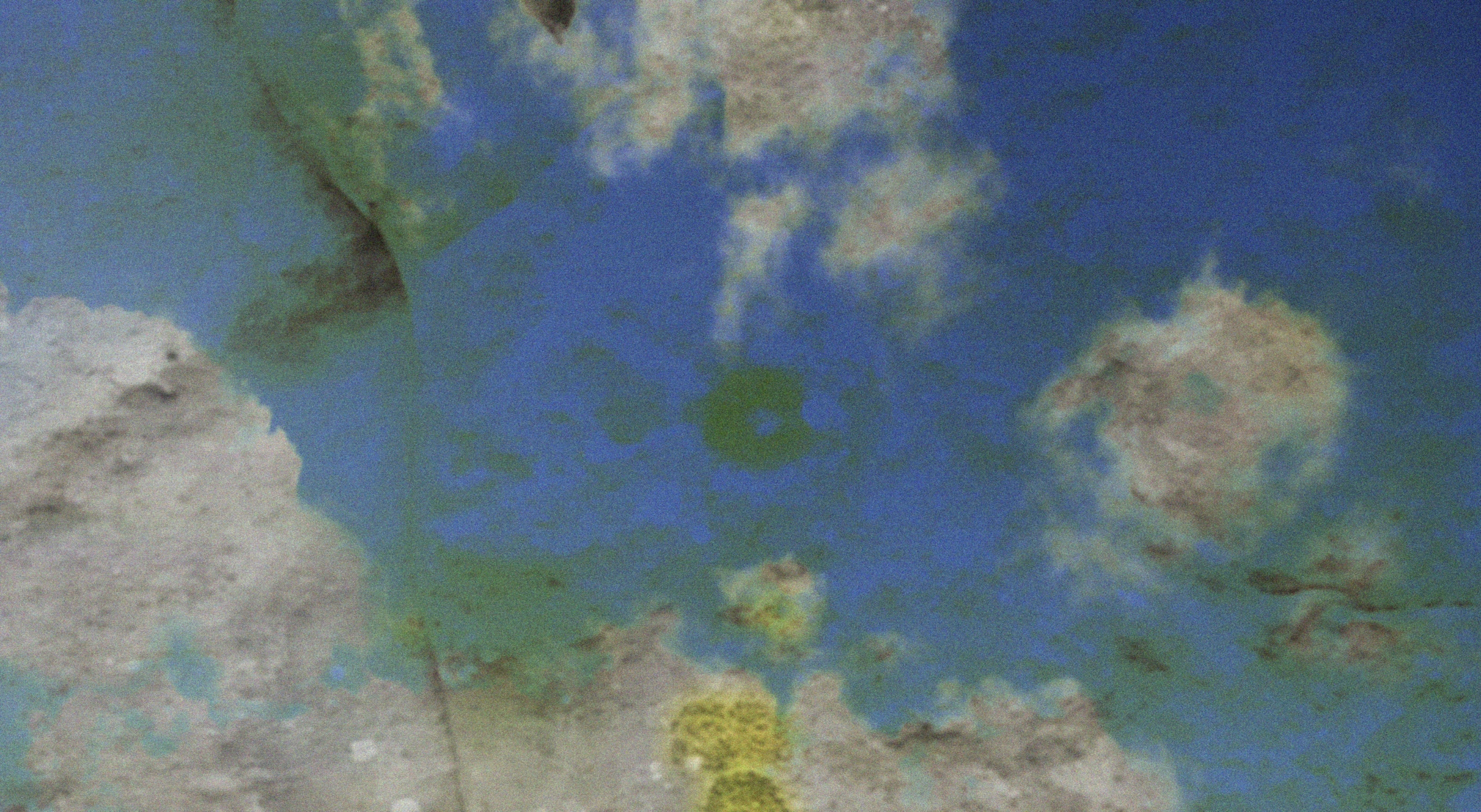
Healing Through Image-Making
Image-making has also been shown to influence emotional well-being and foster personal growth. One student shared a personal narrative of healing following the loss of a dream to pursue a career as a choreographer, finding solace in photography as a medium for self-expression. The project, Ways of Seeing, provided a space for vulnerability and personal discovery, highlighting the therapeutic potential of creative practices in processing emotions and life experiences—something that AI generation cannot offer. For many, image-making served as a personal platform for growth and exploration, reflecting the human capacity for introspection and emotional resilience.
Personal and Professional Growth
The project timeline facilitated a deeper exploration and refinement of ideas, providing an environment in which students could continuously evolve their concepts. This flexibility enabled some students to uncover new passions, such as integrating photography with music and fashion, while others found fulfilment in focusing on the conceptual aspects of image-making. Several students expressed an interest in pursuing photography as their primary career, while others explored how combining graphic design with photography could create a more versatile and sustainable income stream. The interdisciplinary approach also inspired students to consider non-traditional creative roles, such as blending photography with music or fashion. This holistic perspective on image-making encouraged students to pursue conceptual and research-driven creative projects in the future.
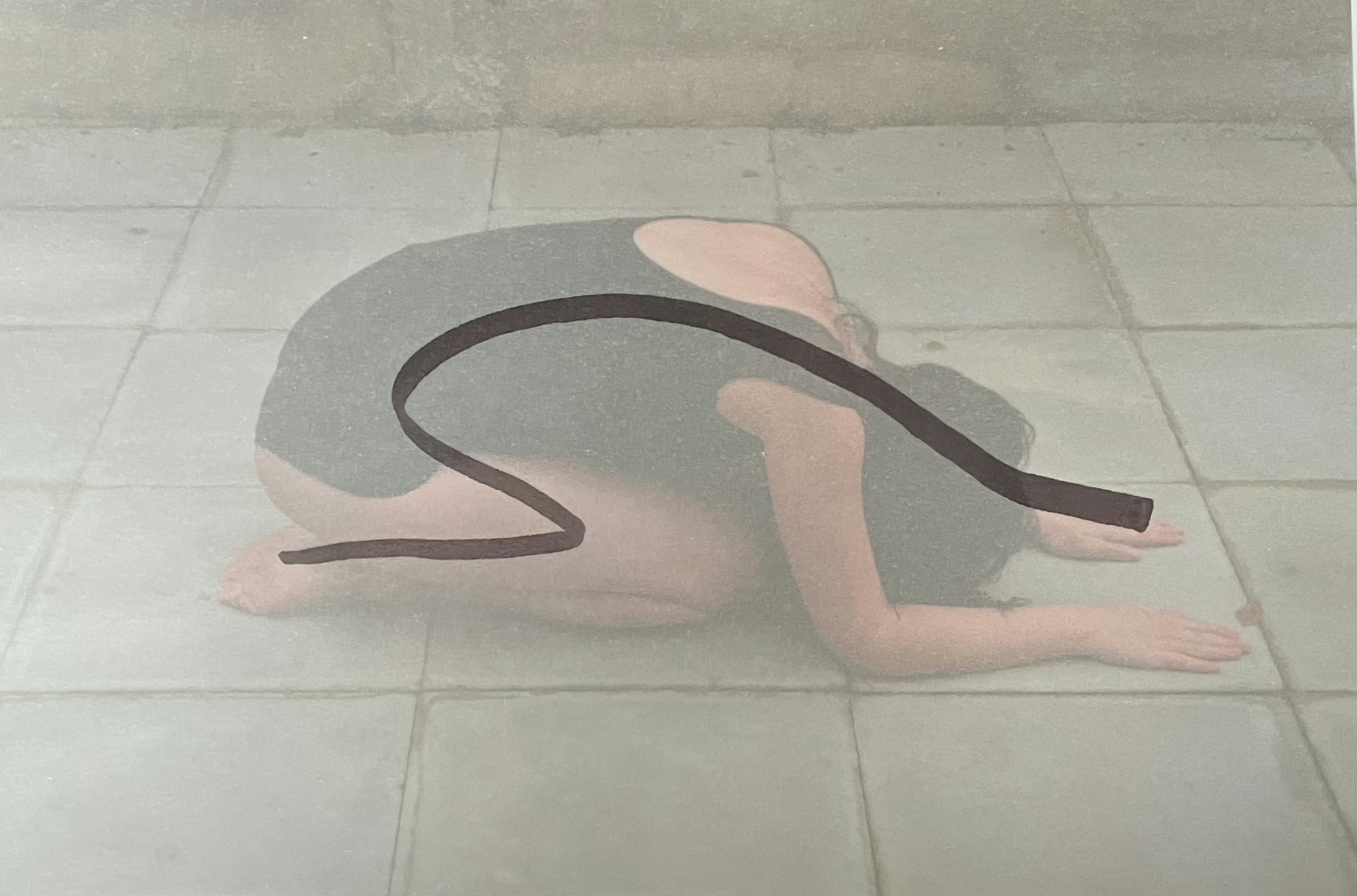
The Power of Images to Change the World
The conversation also turned to the transformative power of images in shaping perceptions and documenting reality. Many students concurred that images, more so than words, have the potential to evoke profound emotional responses and foster connections between individuals. While the authenticity of images remains a critical consideration, students acknowledged that images possess immense potential to effect change in the world, both positively and negatively. The ability of images to document realities, challenge dominant narratives, and communicate complex ideas remains a vital force, making human-generated imagery indispensable in contemporary society.
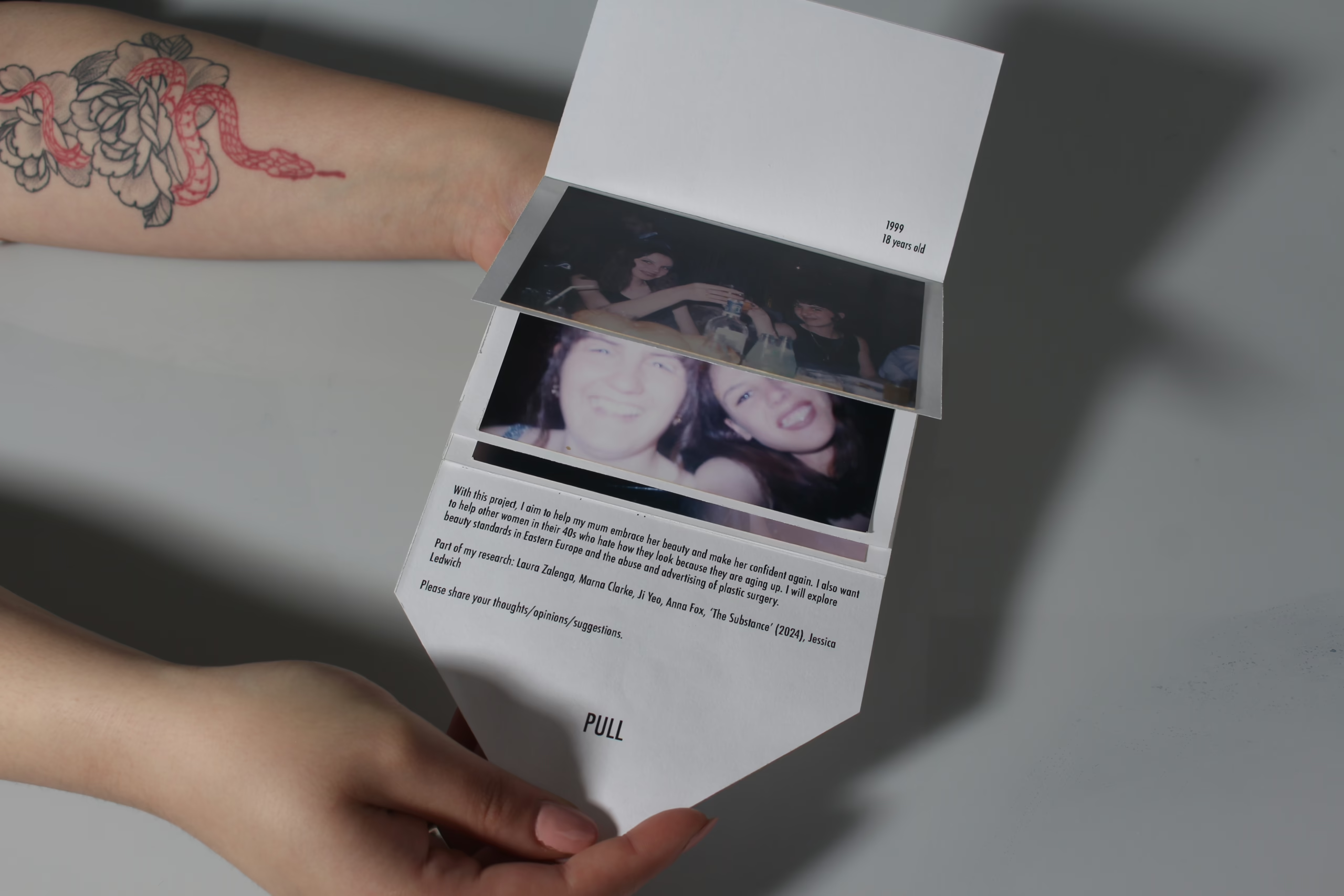
Conclusion
The discussions with students underscored the enduring relevance of human-made imagery in an era dominated by AI. While AI-generated images offer efficiency and convenience, human creativity, process, and storytelling remain central to impactful image-making. Through their experiences, students developed a deeper appreciation for the importance of authenticity, experimentation, and personal growth in their creative practices. This process reaffirmed the power of images to influence perceptions, communicate stories, and shape the world.
Zula Rabikowska
I am a queer migrant visual artist and academic based in London. I was born in Poland, grew up in the UK and my documentary practice is influenced by my own experience of migration. In my work and research, I explore themes of displacement, gender identity and LGBTQI+ communities. I have always been interested in storytelling and I obtained a BA in English Literature in French and an MRes in Postcolonial French literature from the University of Warwick. I also hold an MA in Photojournalism and Documentary Photography from London College of Communication.
I work with multimedia, film and digital and analogue photography, and incorporate archival images and documents to challenge conventional visual story-telling norms. My work has been exhibited and published internationally. I won the AOP Talent Award and the PDN Award, and am a recipient of the MEAD Fellowship and Getty Images Grant which have enabled me to document contemporary gender identity in Eastern Europe.
I co-founded the Red Zenith Collective, a platform for womxn and non-binary creatives from Central and Eastern Europe.